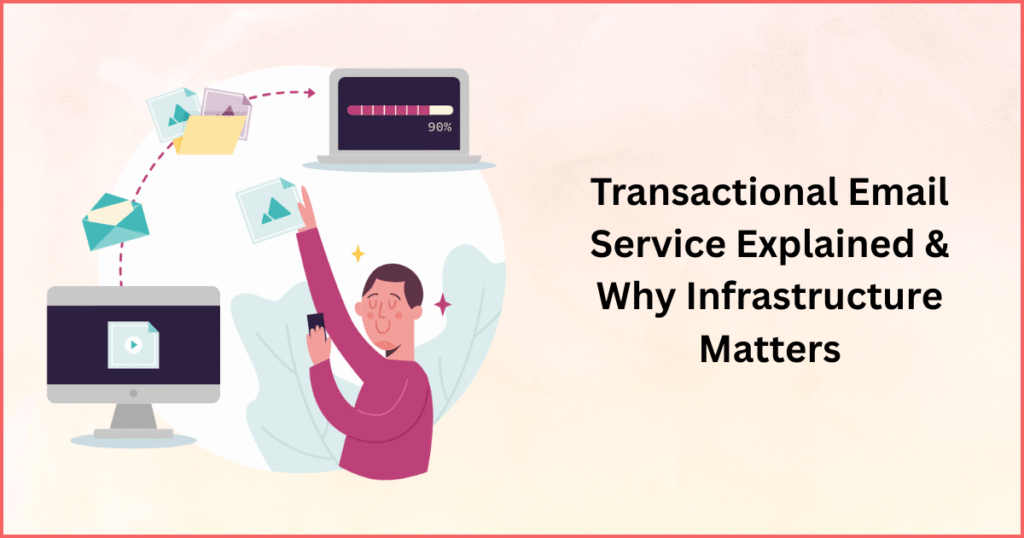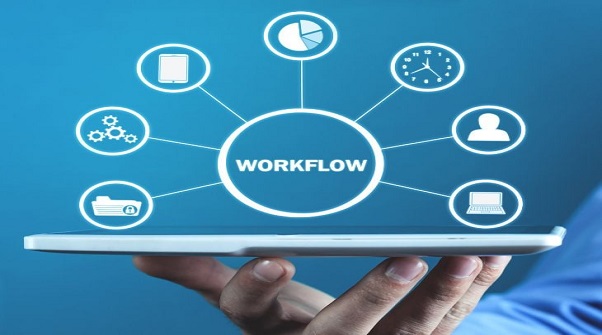Transactional Email Service Explained & Why Infrastructure Matters
Your user signs up.Your system sends a verification email.Nothing arrives. Not in inbox.Not in spam.Nowhere. That one moment just cost you: And you didn’t even know it happened. This is what happens when businesses treat transactional email like marketing email — using the same systems, same IPs, same rules. A true transactional email service is not “just email delivery.”It’s mission-critical infrastructure. If your login emails, payment receipts, or password resets don’t arrive instantly and reliably, your business breaks silently. In this guide, we’ll cover: What Is a Transactional Email (Really)? A transactional email is an automated email triggered by a user action. Examples include: Users want them.Inbox providers prioritize them. So why do they fail? Because most companies send them through platforms that were never built as a transactional email platform. Transactional vs Marketing Email (They Are Not the Same) Let’s kill a dangerous myth: One ESP can handle everything. No — and here’s why: Marketing Email Transactional Email Promotional Functional Campaign-based Event triggered Can delay Must deliver instantly Opt-in driven Account-driven Batch sending Real-time sending Shared IP often Requires reputation isolation If both flows run through the same system, a failed campaign can kill your entire domain’s credibility. This is the #1 reason businesses experience “random delivery failures.” They’re not random. They’re architectural. Why You Need a Dedicated Transactional Email Platform Email systems don’t behave based on intention. They behave based on signal reputation. Inbox providers evaluate: If you mix blasting with receipts, your receipts inherit the risk of your campaigns. A professional transactional email software does three things: Emailidea was designed with transactional-first infrastructure — not patched later. How Transactional Delivery Works (Under the Hood) Let’s get practical. A professional transactional email service must manage: 1. SMTP Integration (The Direct Pipeline) SMTP is the pipe between your system and inbox providers. With Emailidea, SMTP integration allows: This removes: 2. API Email Sending (Preferred for Modern Apps) For scalable products, API > SMTP. Emailidea API offers: API-based delivery enables: This is not just sending. This is system design. 3. Deliverability Isolation Transactional traffic must: Emailidea enforces this automatically. Why Generic ESPs Fail at Transactional Mail Most ESPs: This means: Deliverability failures on transactional email don’t show bounce reports. They show churn. Transactional Email Best Practices That Protect Revenue If transactional email matters to your business, follow this religiously: Segment infrastructure Never mix marketing and transactional traffic. Monitor in real time Delivery delays should trigger alerts. Authenticate correctly Setup: This tells inbox providers you are legitimate. Monitor engagement patterns Low opens on transactional emails signal system failure. Emailidea tracks engagement separately from campaigns. Retry logic matters – H3 Failed attempts must retry across alternative routes. Emailidea automatically applies traffic throttling and retries. Emailidea’s Transactional Infrastructure Advantage Emailidea was built as an infrastructure provider — not a newsletter UI. What makes Emailidea different: We do not “send emails.” We deliver trust. Real Use Cases Here’s where Emailidea runs critical email pipelines: If your system touches money, identity, or access — transactional email is a safety layer. FAQ – Transactional Email Software What is the difference between marketing and transactional email? Marketing emails promote.Transactional emails operate. One is optional.The other is foundational. Can transactional emails affect my marketing reputation? Yes — if they share the same infrastructure. Always separate. Can I use SMTP or API with Emailidea? Yes to both. Choose based on: Does transactional email need warm-up? Yes — especially on dedicated IPs. Emailidea manages warm-up internally. Wrapping Up If transactional email goes down, your business doesn’t slow. It breaks. A reliable transactional email platform is not a nice-to-have. It’s operational insurance. You don’t measure transactional email by open rates. You measure it by how often people never notice it at all. That’s success. Make Email Failure Impossible Emailidea powers transactional infrastructure for thousands of growing businesses. If your onboarding, payments, or login emails matter — your infrastructure must hold. Start your Free TrialOr Book a Demo with our deliverability engineers Trusted by businesses worldwide.



